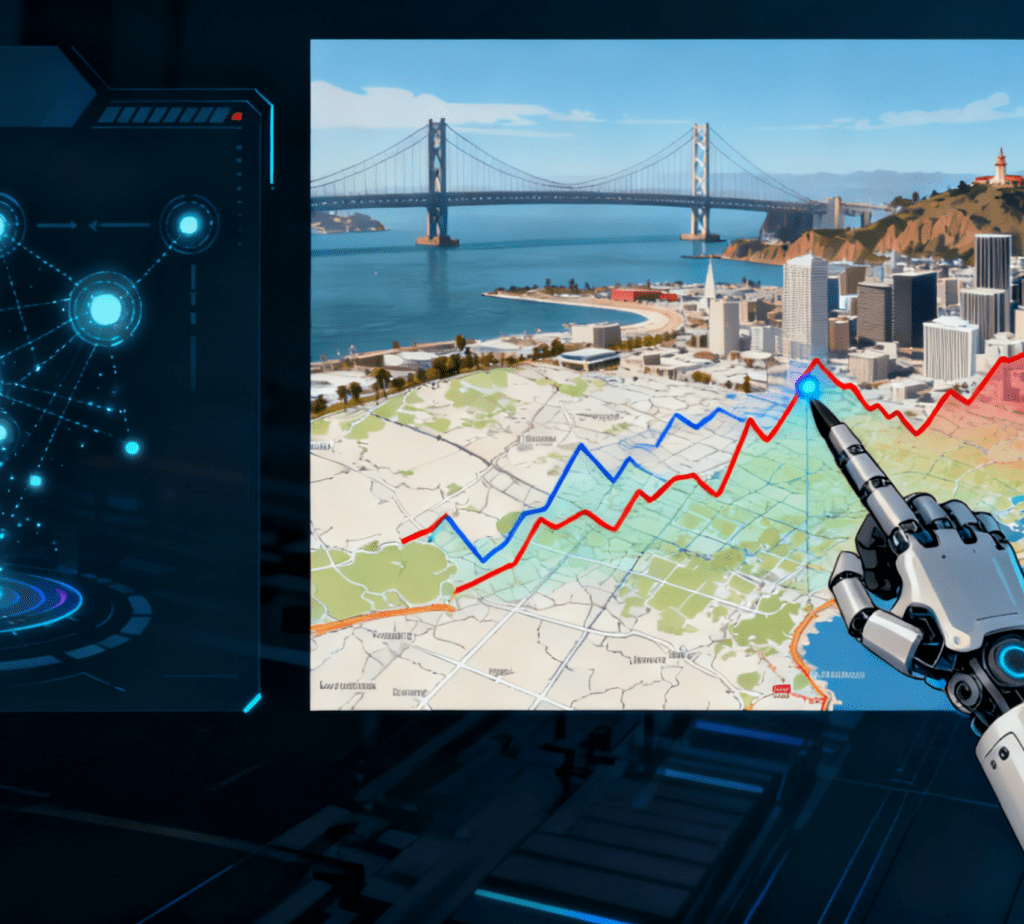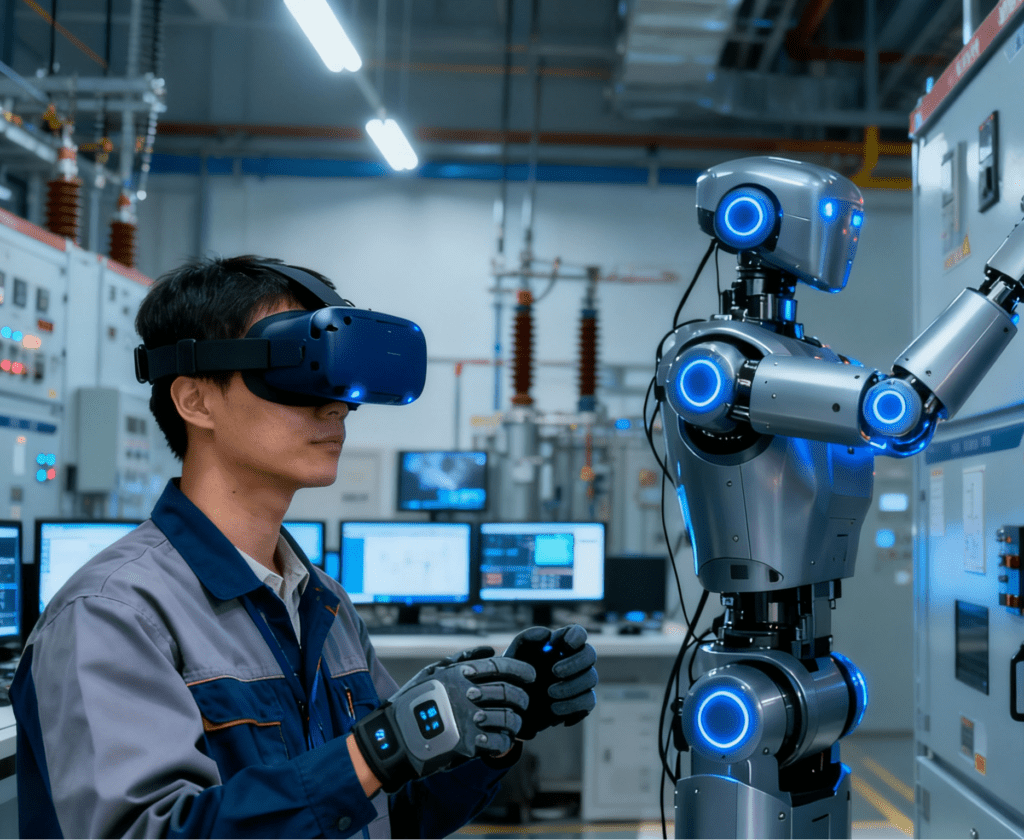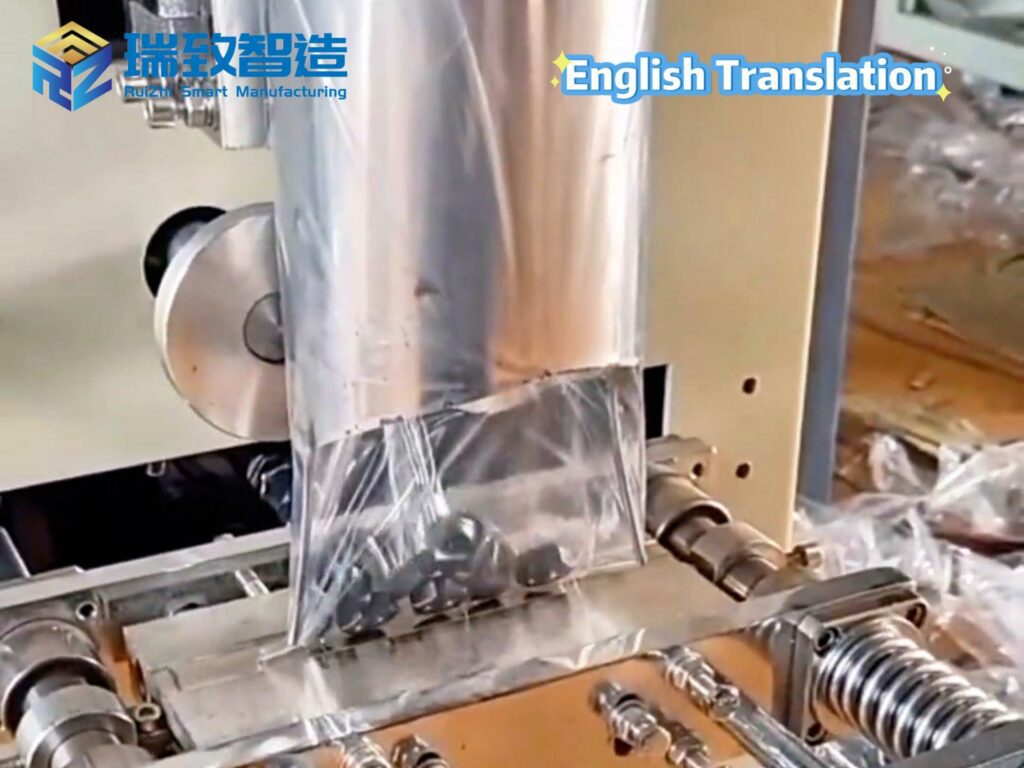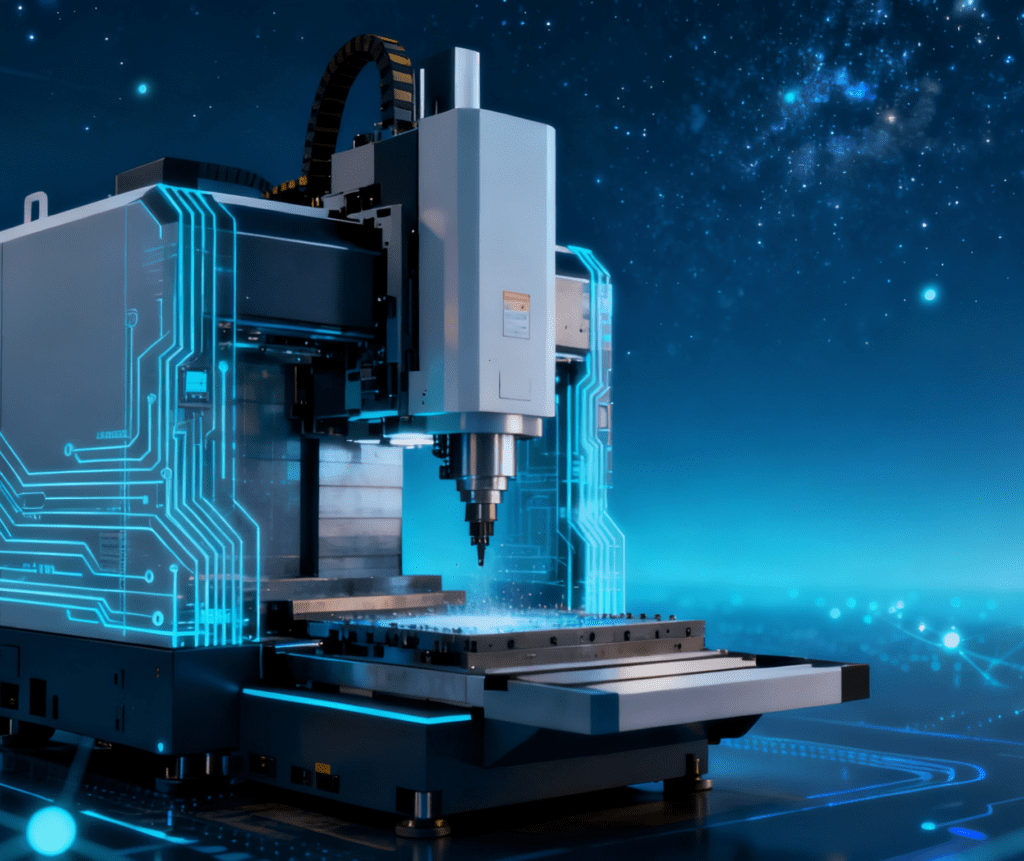A “Highlight Moment” for AI Scientists? This Conference Has the Answer

A Unique Conference Amid the AI Wave In today’s era, AI has surged like a powerful tide, permeating every corner of human life in an all-round way—and the field of scientific research is certainly no exception. From processing massive volumes of data to constructing complex models, AI is omnipresent, bringing unprecedented efficiency and possibilities to scientific research. It is precisely for this reason that a one-of-a-kind conference—Agents4Science 2025—came into being. What makes this conference unique is that AI “scientists” took center stage. Every paper presented listed large language models as primary authors and reviewers, while scholars from around the world gathered to share their experiences of using AI bots […]
The New Hot Job in AI: Forward-Deployed Engineers

In the race to turn cutting-edge generative AI into real-world value, a new star role has emerged at the top of hiring lists: the forward-deployed engineer (FDE). These rare tech specialists—equally adept at writing crisp code and decoding customer needs—are becoming the linchpin for AI giants looking to bridge the gap between powerful models and practical business adoption. As enterprises from factories to hospitals clamor to integrate AI but stumble over customization and ROI, companies like Anthropic, OpenAI, and Cohere are on a hiring spree to embed FDEs directly into client teams, turning technical potential into tangible revenue. Hiring Surge: FDEs Become a Must-Have for AI Giants The […]
Jointly Promote Innovation in Embodied Intelligent Robot Chips and Systems

On November 1st, Xichi Technology, a leading domestic automotive-grade chip enterprise, and Galaxy General, a pioneering company in embodied large models and humanoid robots, officially signed a strategic cooperation agreement. The two parties will conduct joint R&D on next-generation embodied intelligent robot chips, control systems, and high-end toolchains, jointly advancing the large-scale implementation of embodied intelligence. Cross-Border Alliance: Linking Automotive Chips with Embodied Intelligence This cooperation marks the in-depth cross-border integration of two cutting-edge fields: automotive chips and embodied intelligent robots. Xichi Technology will fully migrate its R&D and mass production experience in automotive-grade chips, safety system construction, and supply chain capabilities to the embodied intelligence track. Meanwhile, […]
The Technological Warmth in the Double Ninth Festival: How Elderly Care Robots Reshape Seniors’ Lives

The air is crisp in autumn, and the fragrance of chrysanthemums fills the city—it’s once again the time of the Double Ninth Festival (a traditional Chinese festival honoring the elderly). On this traditional festival that emphasizes respect for the elderly, technology is injecting new connotations into the concept of “ensuring proper care for the elderly”. As the number of people over 60 in China exceeds 300 million and the shortage of elderly care workers reaches a staggering 5.5 million, the traditional elderly care model faces severe challenges. Against this backdrop, elderly care robots have moved from concept to reality, becoming a crucial technological solution to address the aging society. From […]
Robot Reproduces Remote Operator’s Movements 1:1 to Operate 110kV High-Voltage Electricity

Recently, China Southern Power Grid Guangdong Power Grid Company, China Mobile, Leju Intelligence, and Beijing Academy of General Artificial Intelligence jointly released the first application demonstration of embodied intelligent robot for power grid inspection based on 5G-A network. Core Breakthrough: 1:1 Motion Reproduction Enables High-Voltage Operation This robot can accurately reproduce the movements of remote operators at a 1:1 ratio and has successfully operated the 110kV interval control cabinet, marking a key breakthrough in the integration of 5G-A and robot technology in core industrial scenarios. 5G-A Network: Three Core Capabilities Empower Stable Operation The core support for this application lies in the three major capabilities of […]
Robots Are Reshaping the Future of Our Elderly Care

Have you ever felt anxious about elderly care issues? October 29 marks the Double Ninth Festival (a traditional Chinese festival honoring the elderly), and the topic of “elderly care robots” has once again surged to the top of the discussion list! From Concept to Reality: Elderly Care Robots Step Into Daily Life With the accelerated aging of the population, “elderly care robots” are no longer a distant concept. They are gradually becoming a reality and emerging as a new approach to address the challenges of elderly care. Many of these robots integrate precision mechanical components such as the automatic spring white disc machine, which enhances their structural stability […]
Jingsong Intelligence Fills Application Gaps in the Smart Logistics Field!

On October 28, the first day of CeMAT Asia Logistics Exhibition, Jingsong Intelligence, a leader in integrated smart factory solutions, made its presence at Booth F4, Hall W2 of Shanghai New International Expo Center. It globally launched an intelligent loading solution that bridges the “last link” of warehouse logistics, while also unveiling its highly anticipated humanoid robot for the first time. With its continuous innovative breakthroughs, Jingsong Intelligence has filled the application gaps in the “loading end” and “general end” of smart logistics. Marketing Director Launches Intelligent Unmanned Loading Solution On-Site At warehouse receiving and shipping sites, traditional manual loading and information management rely heavily on personal experience. […]
English Translation

Survival Guide in the AI Era: Decoding Popular Terms of 2025

Opening: The Surge of AI, Sweeping Everywhere In 2025, AI has embedded itself like invisible tentacles into every corner of life. Early in the morning, as sunlight streams into the bedroom, smart curtains sense the light and slowly open automatically. At the same time, a smart speaker softly broadcasts the day’s weather, news, and travel suggestions tailored to your schedule. Stepping into the kitchen, a smart refrigerator not only monitors the freshness of ingredients in real time but also generates personalized recipes based on your health condition and taste preferences, and even automatically places orders to purchase the required ingredients. At the office, AI significantly boosts work efficiency. […]
The Science of Tool Selection: How to Match the Best Cutting Tools for Different CNC Machining Tasks

Choosing the right CNC cutting tools is particularly crucial—it not only improves work efficiency and ensures part quality but also extends tool lifespan. This is by no means a matter of randomly picking any tool. Just as different tasks require different tools, core processes like turning, milling, and drilling each have their own principles and key considerations for tool selection. This article will elaborate on how to accurately select turning tools, milling cutters, and drills based on the part material, machining accuracy requirements, and desired surface finish. Additionally, parameters such as the tool’s own angles are critical; proper adjustment can enhance cutting performance while controlling the force and heat generated […]
From Manual to CNC: How Does CNC Machining Become the Main Force in Customized Batch Precision Parts Manufacturing?

For a long time, the production of precision parts in the manufacturing industry relied on the manual operation of skilled workers. This model not only had limited efficiency but also saw its precision easily affected by human factors. A turning point came with the introduction of numerical control (NC) technology. By digitizing machining instructions and inputting them into a computer control system, machine tools can automatically execute complex cutting paths. This innovation has completely transformed the production method, freeing the machining process from absolute dependence on individual skills and significantly improving repeat precision and consistency. With the rapid development of computer processing capabilities, CNC systems have been continuously upgraded, making […]
CNC Machining Centers: Driving the Upgrade of CNC Precision Machining and Empowering High-End Manufacturing Development

In the current era where the manufacturing industry is transitioning toward high precision, high efficiency, and high flexibility, CNC precision machining has become a key indicator for measuring an enterprise’s core competitiveness. As the core equipment in this field, CNC machining centers, with their integrated machining capabilities, excellent precision control, and stable production performance, are gradually replacing traditional machining equipment and emerging as the “cornerstone of intelligent manufacturing” that supports the development of high-end fields such as aerospace, automotive manufacturing, and medical devices. CNC Machining Centers: The Core Carrier of CNC Precision Machining The core demands of CNC precision machining lie in “controllable precision, stable efficiency, and achievable […]




